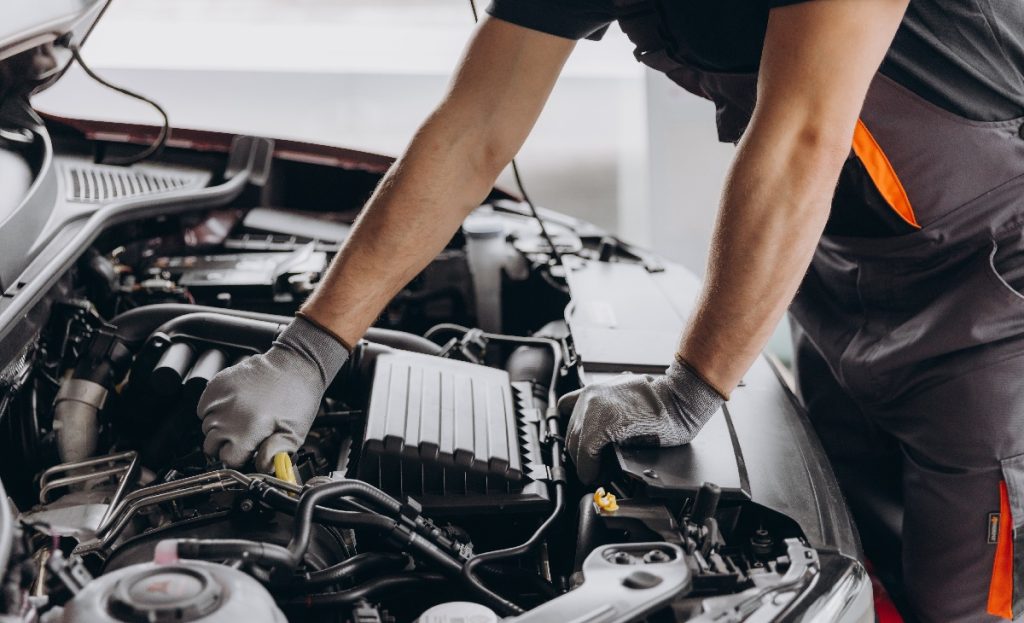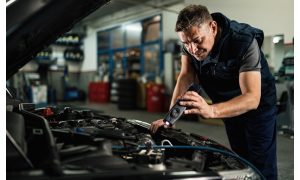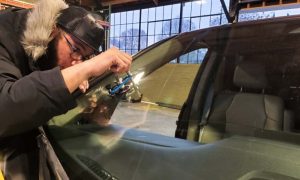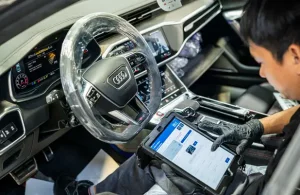The Importance of AC System Calibration After Component Replacement

Every vehicle’s air conditioning system plays a vital role. It keeps the cabin cool. It helps the driver stay comfortable. It also ensures passenger satisfaction during every journey. When any part of this system fails or wears out it is necessary to replace the faulty component. However replacing a part is not the final step. One important task must follow. That task is AC system calibration.
Why Calibration Is Needed After Replacement
When a part in the AC system is replaced the system becomes unbalanced. The sensors may not read correctly. The airflow might change. The temperature control may not function as intended. A calibration process helps reset the system. It brings all parts back into proper sync. Without calibration the new part may not work well. The performance of the entire AC unit may drop.
Why Choose Professional Service in Clearfield
Calibration requires special tools and training. Not every garage can perform it correctly. It is better to seek experts who understand these systems. One of the best choices is the Auto AC Repair in Clearfield, UT. The technicians there follow industry-approved procedures. They make sure the system is checked after every replacement. This gives vehicle owners peace of mind. It also protects the newly installed part.
How Calibration Affects Cooling Efficiency
A well-calibrated AC system cools evenly and quickly. It pushes the right amount of air. It maintains steady temperatures inside the vehicle. When calibration is missed after part replacement the system can overwork. It may blow too cold or not cold at all. The system might also make strange sounds. This can cause more damage over time. Calibration helps avoid such problems. It supports long-term efficiency.
The Role of Modern Vehicle Technology
Newer vehicles have smart sensors and electronic modules. These parts monitor airflow and temperature. These also control pressure and fan speed. After replacing a compressor or a condenser the system may read incorrect values. A calibration process teaches the system to recognize the new part. It helps the system work the way it should. In modern cars this is not optional. This is essential for proper AC performance.
What Happens Without Calibration
Skipping the calibration step can lead to serious problems. The AC may start to leak. It may use more power than needed. The compressor may fail again. Sensors might send wrong signals to the control module. The airflow may feel uneven or weak. These issues lead to frustration. These also increase repair costs in the future. A small step like calibration prevents such big troubles.





